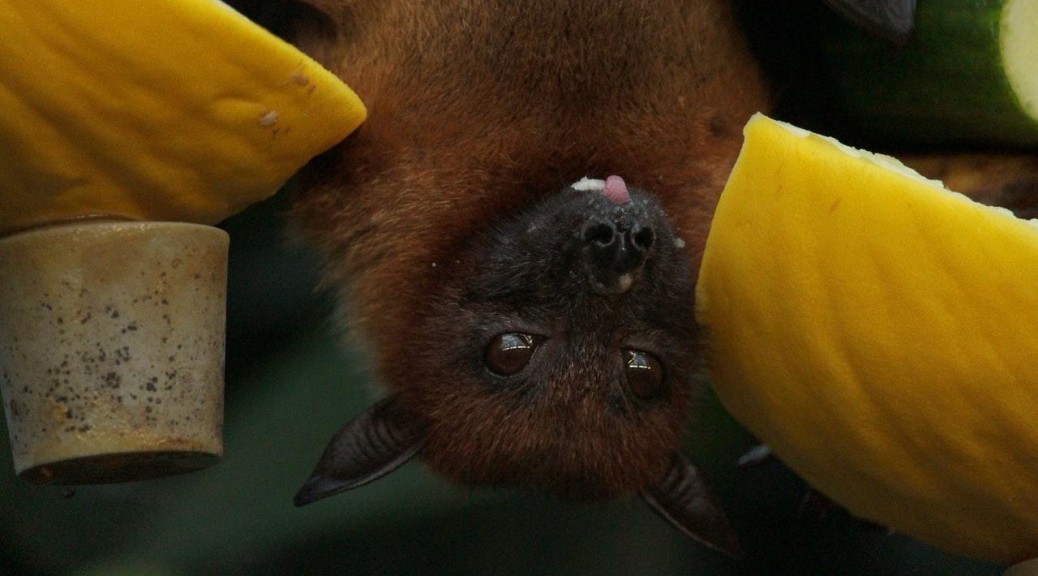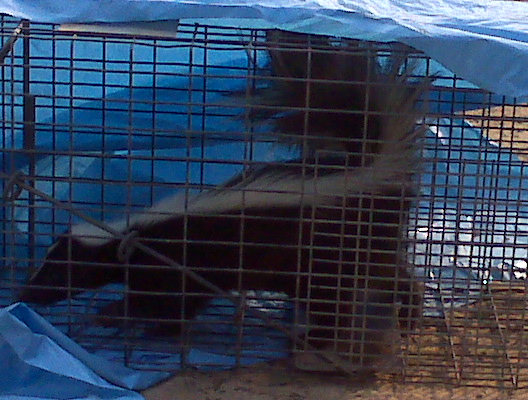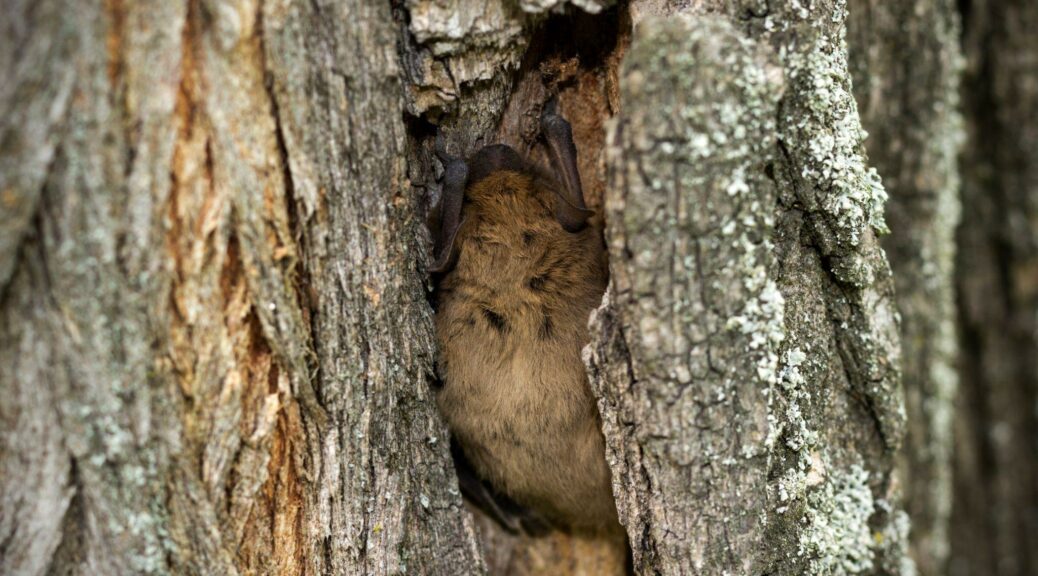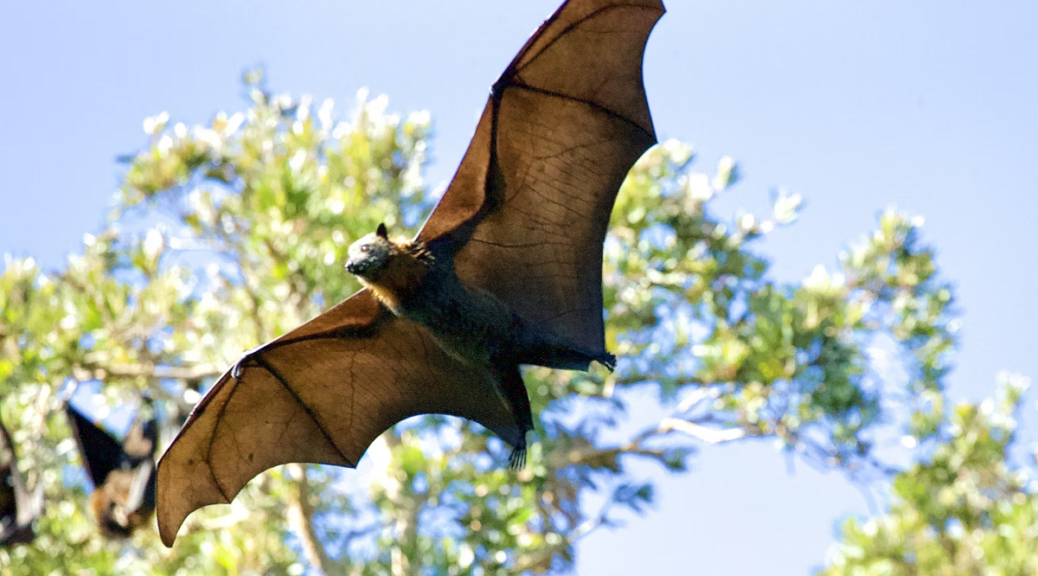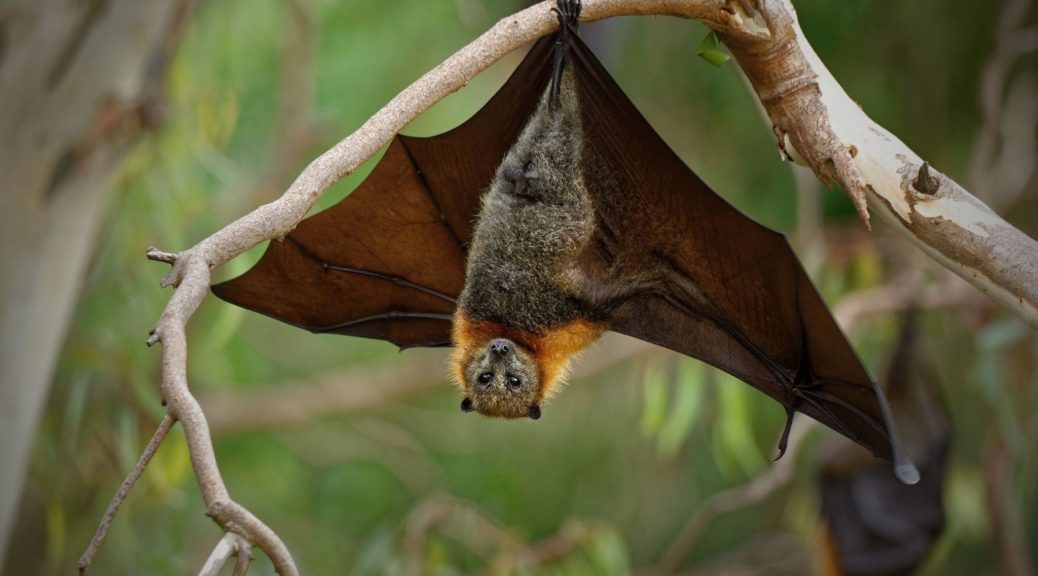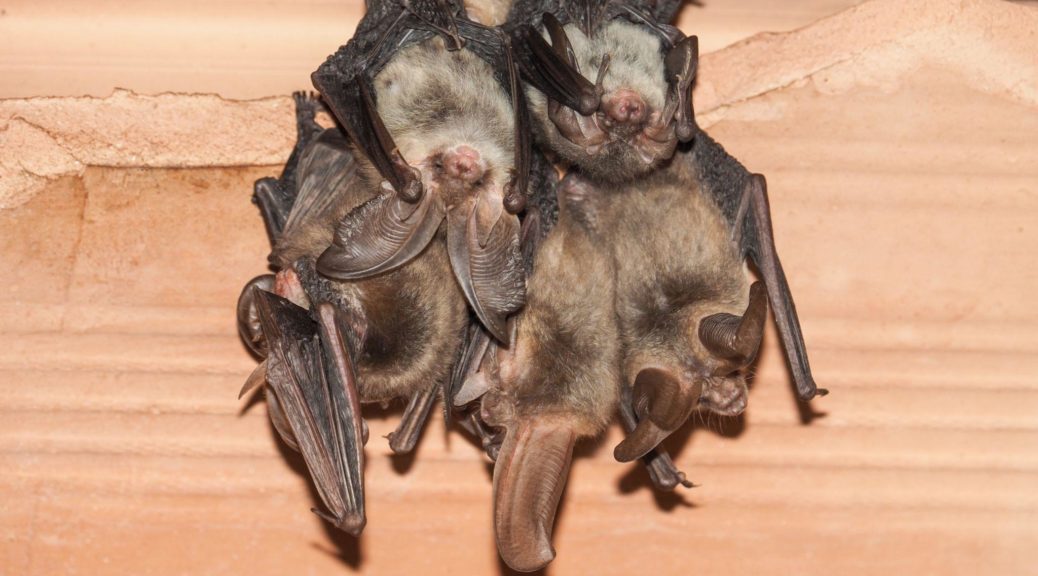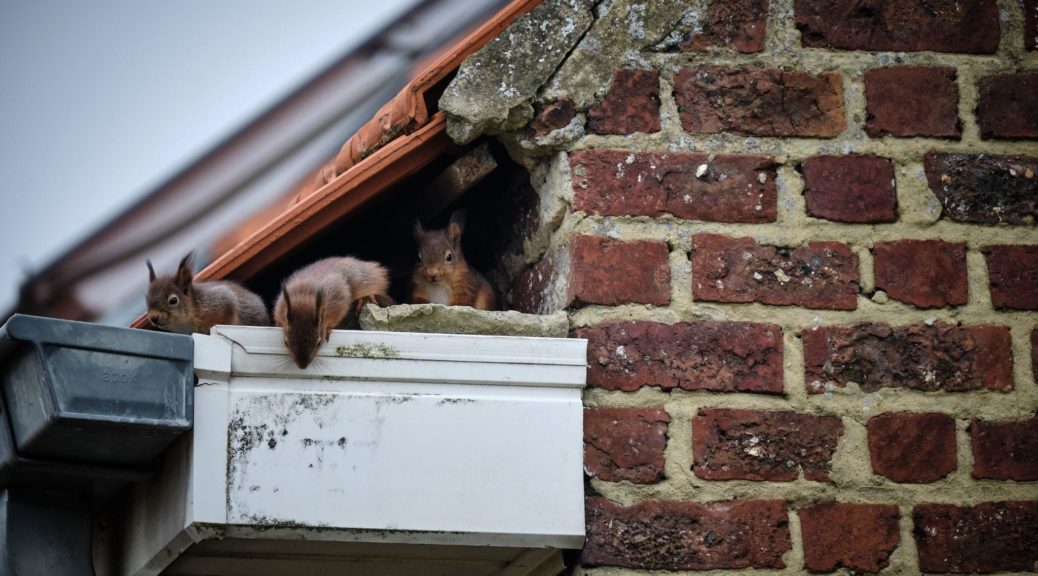Bats are often misunderstood creatures, more commonly associated with spooky tales and Halloween than with their ecological importance. These nocturnal mammals have been the subject of myths and legends for centuries, often depicted as sinister beings lurking in the shadows. However, the reality of bats is far more fascinating and vital to the environment than most people realize.
How To Keep Skunks Away
Skunks are well-known for their distinctive black and white stripes and their infamous ability to spray a foul-smelling liquid when threatened. While these small mammals play an important role in controlling insect populations, having them around your home or property can be less than ideal. Their presence can lead to unpleasant encounters, especially if they feel threatened and resort to spraying.
Know the Bat Protection Laws: A Guide to Safe and Legal Bat Removal
Bats play a crucial role in our ecosystem, from pollinating plants to controlling insect populations. However, when they take up residence in our homes or commercial buildings, their presence can pose challenges. For those facing this dilemma, it’s essential to understand the legal landscape surrounding bat removal to ensure these creatures are handled safely and humanely.
Continue reading Know the Bat Protection Laws: A Guide to Safe and Legal Bat RemovalThe Impact of Climate Change on Bat Populations
Climate change is significantly affecting bat populations worldwide, leading to various challenges for these vital creatures and the ecosystems they support. As global temperatures rise and weather patterns become more erratic, bats face profound impacts on their habitats, migration patterns, and overall survival.
Continue reading The Impact of Climate Change on Bat Populations
The Ultimate Guide to Getting Rid of Skunk Smell
Encountering a skunk can be an unforgettable experience, especially if it leaves its mark on your home. Whether you’ve faced this smelly situation before or just want to be prepared, knowing how to eliminate skunk odor effectively is crucial. In this guide, we’ll walk you through proven strategies to rid your home of that pungent skunk smell. Here are six essential steps to freshen up your space:
Continue reading The Ultimate Guide to Getting Rid of Skunk Smell
A Breakdown of the Marburg Virus and the Bats That Carry It
The Marburg virus, a highly infectious and deadly pathogen, poses a serious public health threat wherever it appears. Here, we explore the origins, transmission, and symptoms of the Marburg virus, particularly focusing on the role of bats as carriers of the virus.
Continue reading A Breakdown of the Marburg Virus and the Bats That Carry ItBat Diseases: Hendra Virus 101
In the vibrant ecosystems of Los Angeles, CA, bats are crucial players. However, their link to diseases like the Hendra virus adds a layer of concern to their night-time activities. Fruit bats, also known as flying foxes and belonging to the genus Pteropus, are carriers of this virus, which is dangerous for both animals and humans.
Understanding the Hendra Virus
The Hendra virus is serious, causing intense respiratory and neurological issues in animals and people. Horses, for example, may show signs of respiratory trouble, fever, and even problems with movement. In humans, the range of symptoms can vary from flu-like feelings to more severe conditions such as pneumonia and inflammation of the brain.
Fruit bats are the natural hosts of this virus. Horses can get it from eating food or drinking water contaminated with bat secretions. People can then catch the virus from close contact with infected horses. Knowing about this virus and being cautious around horses is important in areas where the virus is present.
Treating the Hendra Virus
When it comes to treating the Hendra virus, human infections mostly get supportive care to relieve symptoms since there’s no specific cure. For horses, there’s a vaccine available, which is a key step in stopping the virus from spreading to humans. Keeping up with good hygiene and biosecurity is also crucial.
Risks of Bat Guano
Apart from the Hendra virus, bat droppings or guano can be harmful. They can harbor the fungus Histoplasma capsulatum, which causes histoplasmosis if inhaled. This lung condition can be mild or very serious, so it’s best to avoid contact with bat guano.
Additionally, bat guano can also contain pathogens related to the Nipah virus, another serious infection originating from bats. For safe cleanup and bat removal, it’s wise to call in professionals.
Staying Safe
In areas where fruit bats are common, it’s important to take steps to lower the risk of catching the Hendra virus. This includes staying away from where bats live, keeping clean, and following biosecurity measures, especially if you’re around horses. Ensuring that food and water sources for horses are covered can prevent contamination from fruit bat poop and urine. Regularly checking and maintaining fencing and enclosures can also help minimize direct contact between bats and horses, further reducing the risk of transmission.
Caring for Animals
For those who look after animals, particularly horse owners, knowing about the Hendra virus and taking steps to prevent it, like vaccinating horses and using protective gear, is essential to stop the virus from spreading. Staying informed about the latest health advisories and best practices in animal health care can further enhance safety measures.
Additionally, regular check-ups with veterinarians can help detect any health issues early, ensuring that your animals remain healthy and that any risk of Hendra virus transmission is minimized.
Get Expert Help for Bat Removal
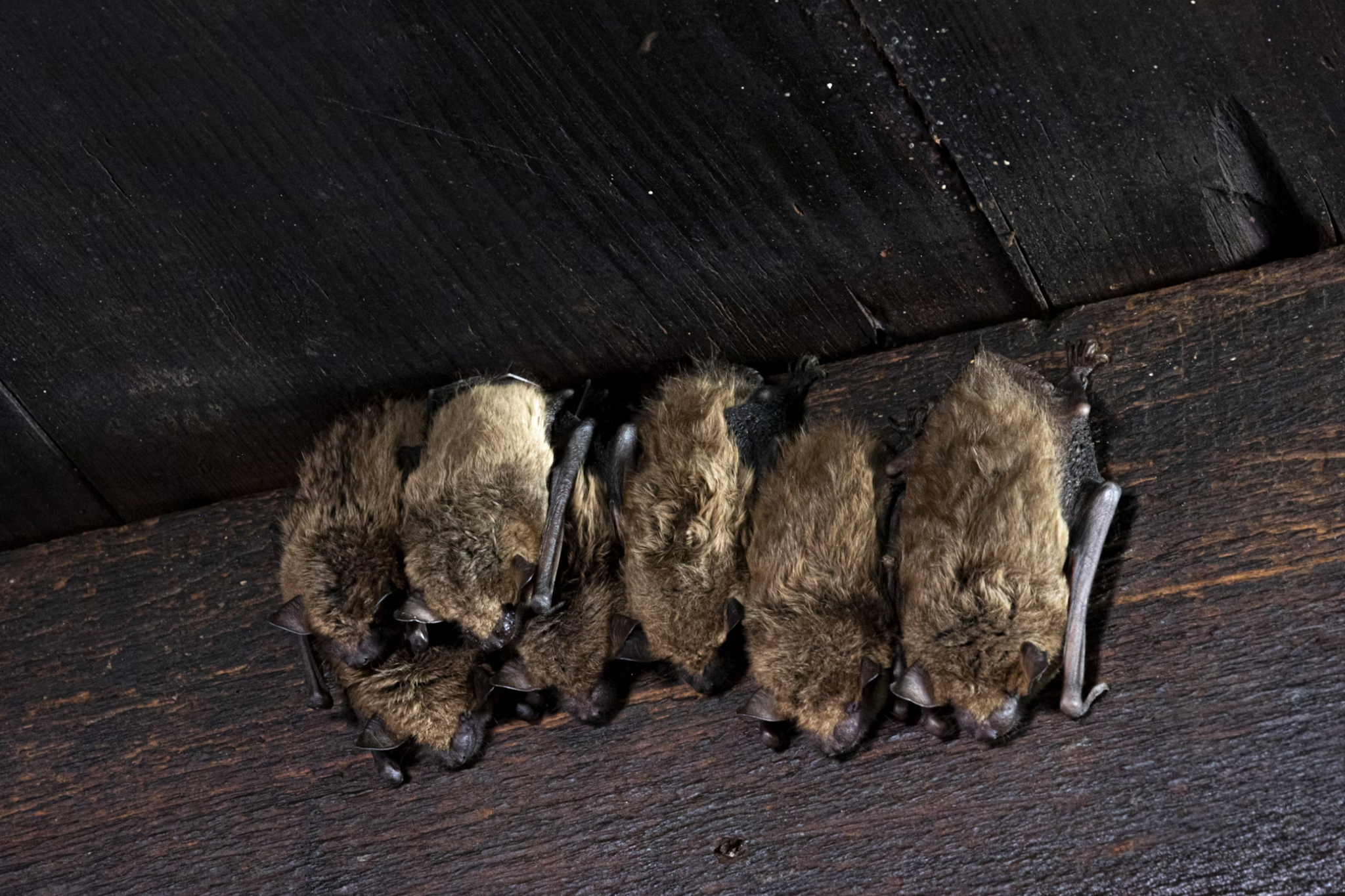
In Los Angeles and concerned about bats and Hendra virus risks? Animal Capture Wildlife Control is here to assist. We offer expert bat removal services to ensure the safety of your family and pets. With our experienced team, we address bat invasions swiftly and humanely, prioritizing your well-being.
Our approach is not only effective but also environmentally responsible, preserving the natural balance while keeping your space safe. Contact us for peace of mind and professional wildlife management.
Sources:
Understanding the Link: Bats and the Spread of Nipah Virus
At Animal Capture Wildlife Control, we’re dedicated to providing expert wild animal removal services in Los Angeles, CA and educating our community about the significance of wildlife in the spread of zoonotic viruses. One such virus that has garnered attention worldwide is the Nipah virus. Below we will shed light on the critical link between bats and the Nipah virus, enhancing awareness and understanding of how to prevent its transmission.
What Is the Nipah Virus?
The Nipah virus is a zoonotic virus, which means it can be transmitted from animals to humans. Nipah virus outbreaks have been reported in parts of Asia and have resulted in severe illness in both animal and human cases. The virus can cause a range of symptoms, from asymptomatic infection to acute respiratory syndrome and fatal encephalitis.
The Role of Bats in Nipah Virus Transmission
Bats, particularly fruit bats of the Pteropodidae family, are natural hosts of the Nipah virus. Bats can carry the virus without getting sick and transmit it to other animals and humans. This bat virus can be spread to people through direct contact with infected animals, such as consuming fruits contaminated by bats or coming into contact with an infected animal’s bodily fluids.
Nipah Virus Symptoms and Outbreaks
The symptoms in humans can range from mild to severe and include fever, headache, drowsiness, disorientation, and mental confusion, which can lead to coma within 24-48 hours. Understanding the symptoms is crucial for early detection and management of the disease.
Disease Spread by Bats
The spread of diseases by bats, such as the Nipah virus, highlights the need for monitoring bat populations and their interactions with human habitats. As experts in wildlife removal, we emphasize the importance of not disturbing bat habitats and seeking professional help when bats are found near human dwellings.
Nipah Virus Prevention
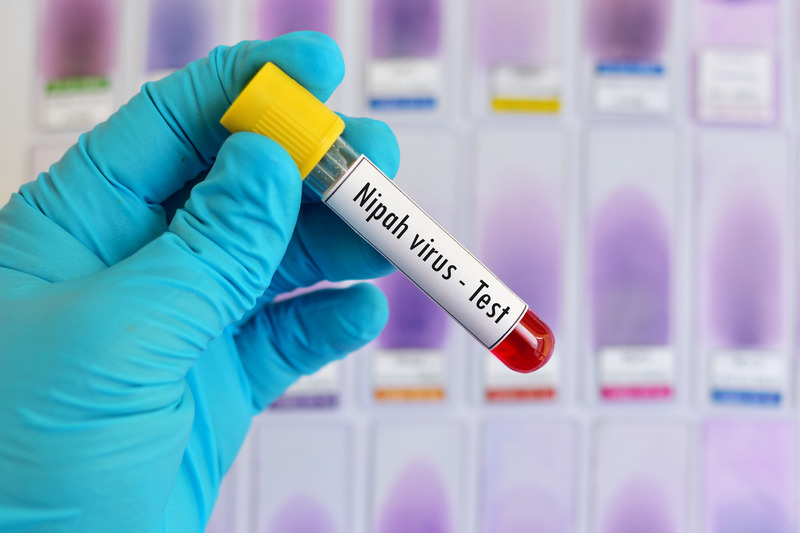
Preventing transmission involves a combination of measures. Awareness and education about the Nipah bat and the disease spread by bats are vital. Here are some preventive strategies:
- Avoid Direct Contact: Minimize direct contact with bats and other potential Nipah virus hosts, such as pigs.
- Consume Safe Food: Ensure fruits and vegetables are thoroughly washed and peeled before consumption to avoid Nipah virus transmission from contaminated food.
- Maintain Cleanliness: Regularly clean and disinfect pig farms and areas where bats are known to visit to reduce the risk of the virus spreading.
- Seek Professional Help: Contact wildlife control professionals if you encounter bats in your vicinity to safely and humanely manage the situation.
Understanding the intricate relationship between bats, the Nipah virus, and human health is essential for preventing future outbreaks. By staying informed and taking preventive measures, we can reduce the risk of Nipah virus transmission and protect our communities from this deadly zoonotic virus.
Need Expert Bat Removal Services?
Encountering bats in or around your property can be concerning due to the potential health risks associated with zoonotic diseases like the Nipah virus. At Animal Capture Wildlife Control, we specialize in humane and effective bat removal services. Our team of experts is equipped to handle bat-related issues safely, ensuring the health and safety of your family and community. Don’t let bats pose a risk to your health and property. Contact us today for professional assistance and peace of mind.
Sources:
Everything You Need to Know About Histoplasmosis and Bats
Histoplasmosis, commonly linked to birds and bats, is a respiratory illness triggered by breathing in spores from the Histoplasma capsulatum fungus. This fungus thrives in environments rich in nitrogen, commonly found in bird or bat droppings. Understanding the link between histoplasmosis and bats is crucial, especially for those living in areas where bats are common.
Continue reading Everything You Need to Know About Histoplasmosis and Bats
How to Prevent Wildlife Infestations in the Spring
As the chill of winter fades and the warmth of spring approaches, not only do we welcome the sunny days and blooming flowers, but we must also prepare for the arrival of various wild animals. Springtime is a critical time of year for wildlife, as it marks the beginning of breeding seasons for many species and a search for new food sources.
Continue reading How to Prevent Wildlife Infestations in the Spring
